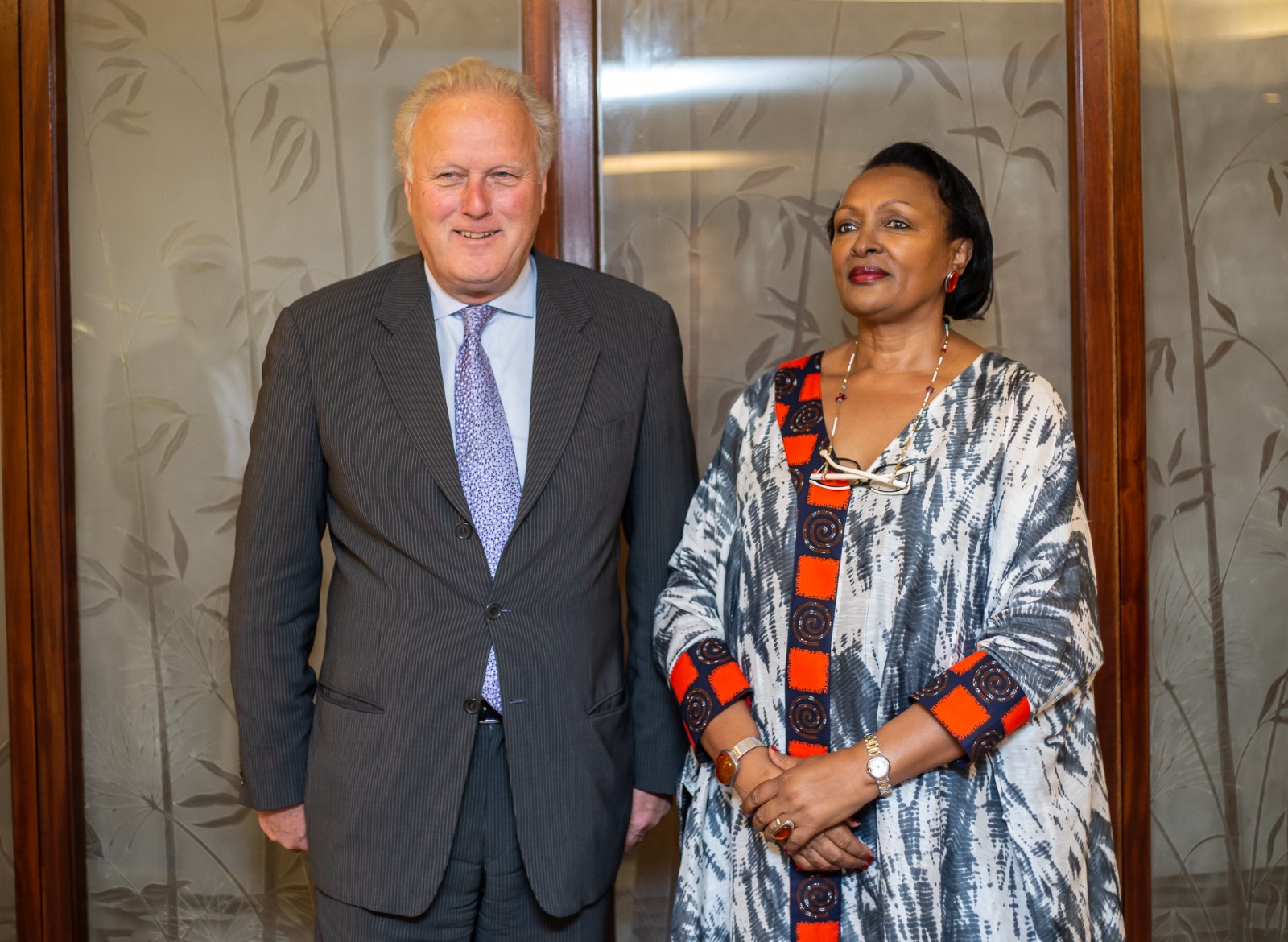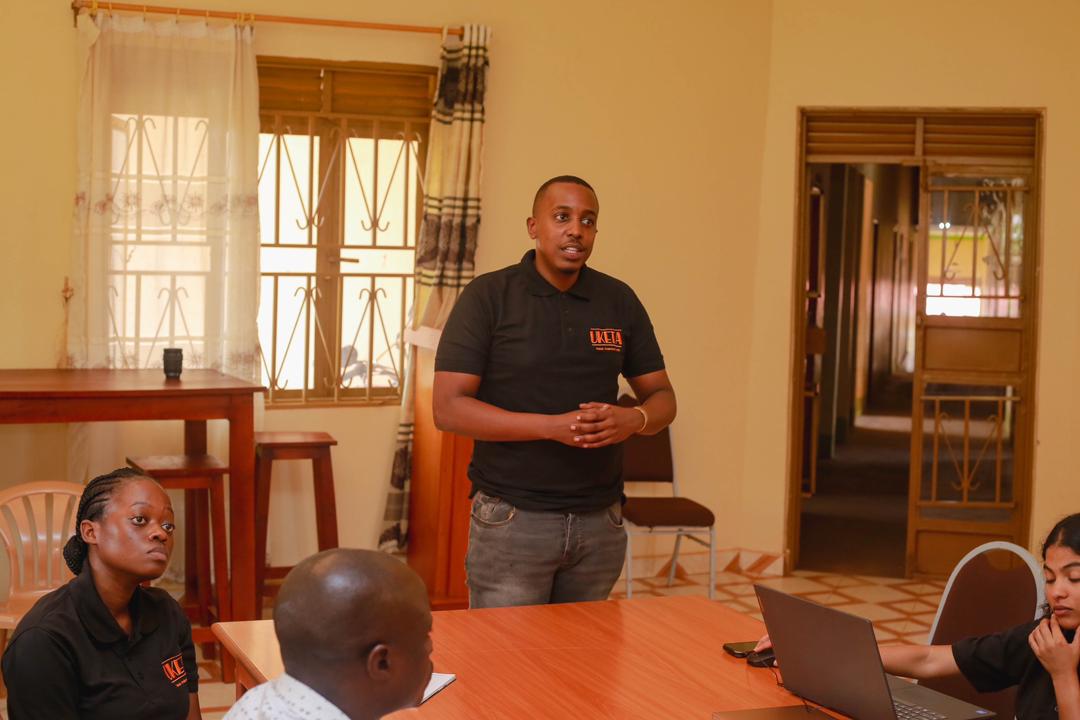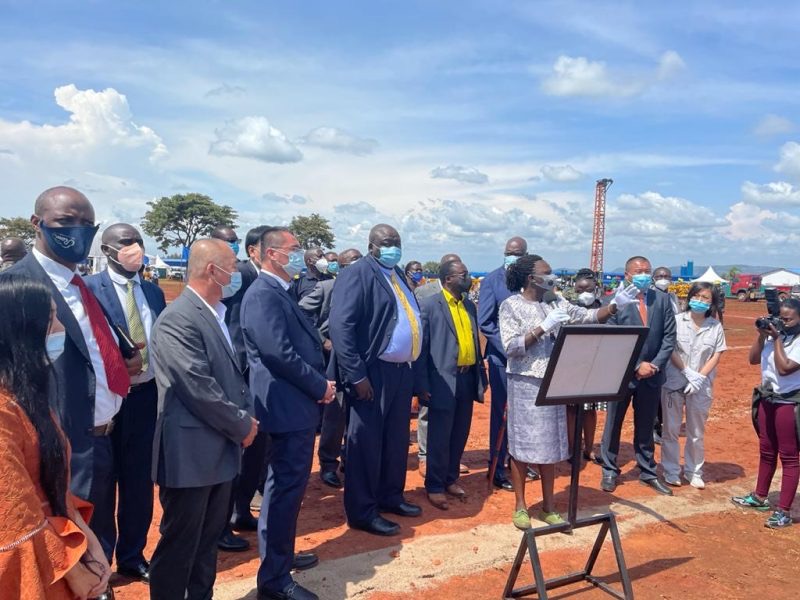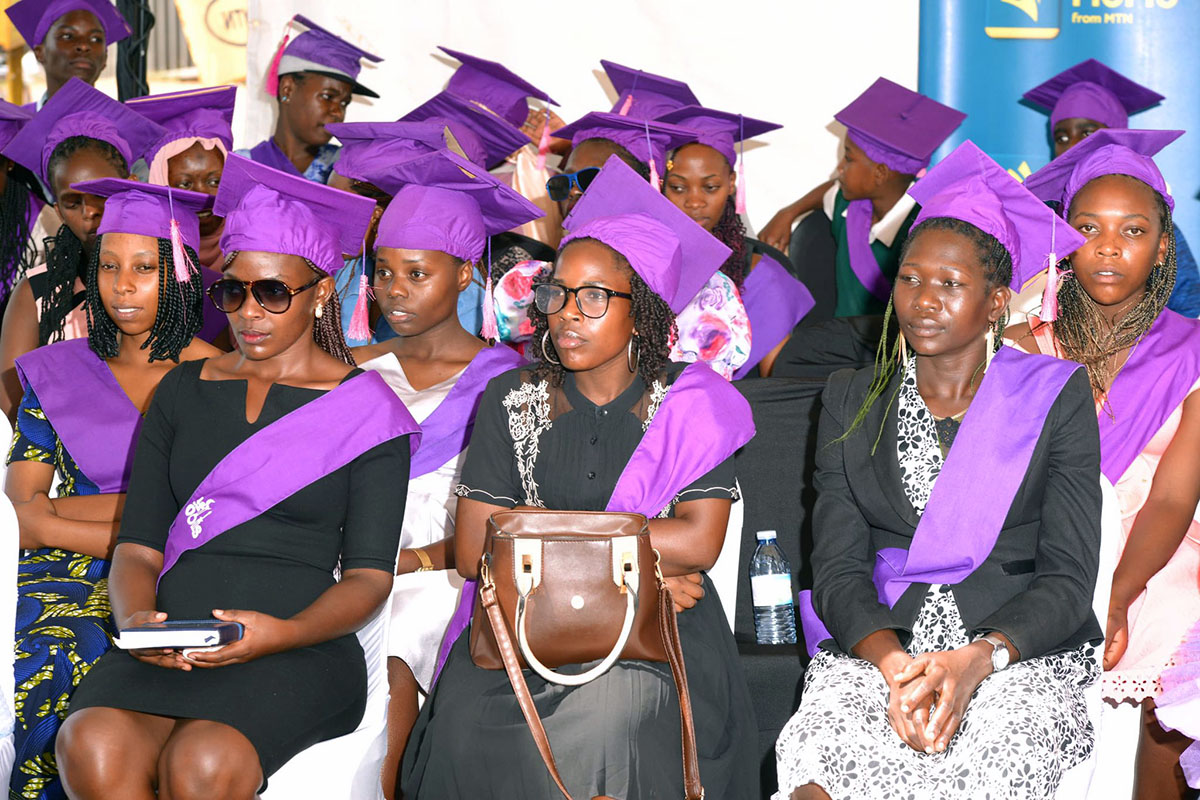Oil refinery deal awaiting FID, says Minister

Uganda hopes to have an oil refinery to produce petrol, diesel, jet fuel and paraffin.
Ugandans seeking employment in the oil refinery in the Albertine Graben need to be patient as the negotiations go on, Hon. Okasaai Opolot, the State Minister for Energy, has said.
The government of Uganda plans to develop 60,000 barrels of oil per day refinery at Kabaale, Buseruka Sub-County in Hoima District, as part of the government’s efforts to build a petrochemical industry from Uganda’s oil and gas resources. The refinery will produce refined petroleum products such such as petrol, diesel, jet fuel, and paraffin, in country.
In January, the Ministry of Energy in January began negotiations with Alpha MBM Investments; an investment firm from the United Arab Emirates (UAE) to build the oil refinery project. The new partner came in after Albertine Graben Energy Consortium (AGEC) dropped out of the deal in which it was to Build and operate the Greenfield Oil Refinery estimated to cost US$ 4 billion (UGX15.2 Trillion).
- The Private sector group comprises YAATRA Africa, Italian Nuovo Pignone International Srl, LionWorks Group Limited from Mauritius, and Saipem p.A. While other key projects for the commercialization of oil from the fields in Kikuube, Bulisa, and Nwoya are going on, it is now evident that the refinery will not be up and running when oil production begins most likely during the fourth quarter of 2025.
While the Minister confirmed that the negotiations with the new developer were ongoing, he was hesitant to put timelines on when the investor is expected to announce the Final Investment Decision (FID) for the project. Okasaai did not also reveal what agreement is pending for an FID to be taken.
“We would like to have a refinery that is forward-looking to deliver the expectations of not only Ugandans. But the delivery of standards that fit the global trend. That is the type of refinery we would wish to have,” said Okasaai Opolot. “We have signed the various agreements, and the configuration of the refinery is being improved as we go forward.”
- The final refinery configuration study was completed and approved by the government in 2019. The study was to determine the final refinery as a Residue Fluid Catalytic Cracker (RFCC) type of refinery. Details of the new configuration remain secret between the government and the new investor. Okasaai Opolot revealed that the government had intended that the refinery should be operating by 2027.
“And we have not changed that target. Give or take one year, is what we are looking forward to. The latest we expect it is 2028. The earlier the better.”
The Minister of Energy and Minerals Development, Ruth Nankabirwa in January told journalists at the Ministry’s headquarters that the negotiations of the key commercial agreements with Alpha MBM Investments were to be concluded within three months.
However, according to Okasaai, the negotiations are ongoing. “We are discussing. And the discussions will take time. We are doing a lot of configuration. A better question would be, will the information be availed to us?” Okasaai Opolot insisted when asked about the configurations and when an FID is expected.
Going by the process leading to an FID for the Lake Albert Development comprising of the Kingfisher, Tilenga, and the East African Crude Oil Pipeline (EACOP), it appears like the negotiation of the key agreements for the refinery will equally take some time. According to information obtained from Uganda National Oil Company, several agreements have to be signed before the investor gets boots on the ground.
- The agreements include the Crude Suppliers Agreement intended to put the needed feedstock of 60,000 barrels of crude oil per day needed for the refinery. This agreement has to be between the crude oil owners and the refinery company. In this case, the crude oil owners are the Government of Uganda and Uganda National Oil Company, TotalEnergies E&P Uganda, and China National Offshore Oil Corporation (CNOOC) Uganda Limited. In addition, a shareholders’ Agreement will be signed by shareholders of the refinery company.
- The agreements include the Crude Suppliers Agreement intended to put the needed feedstock of 60,000 barrels of crude oil per day needed for the refinery. This agreement has to be between the crude oil owners and the refinery company. In this case, the crude oil owners are the Government of Uganda and Uganda National Oil Company, TotalEnergies E&P Uganda, and China National Offshore Oil Corporation (CNOOC) Uganda Limited. In addition, a shareholders’ Agreement will be signed by shareholders of the refinery company.
The decision to have the Off-takers Agreement will be determined by potential lenders and financiers. The refinery project is planned to have a debt-to-equity ratio of 60: 40 respectively, implying that 60% of funding to the oil refinery will be a debt whereas 40% will be equity. These will also include the Host Government Agreement and the Offtakers Agreement.
As the government negotiates the agreements, expectations are high in Kyakaboga where the refinery is to be located. Young people whose homes were displaced to pave the way to the refinery, are eager to witness and participate in its construction. Dr. Opolot Okasaai said he is happy that the people in Kyakaboga are showing interest and eager to see the refinery constructed.
He affirmed that the local communities expected to benefit as per the local content requirements.






























